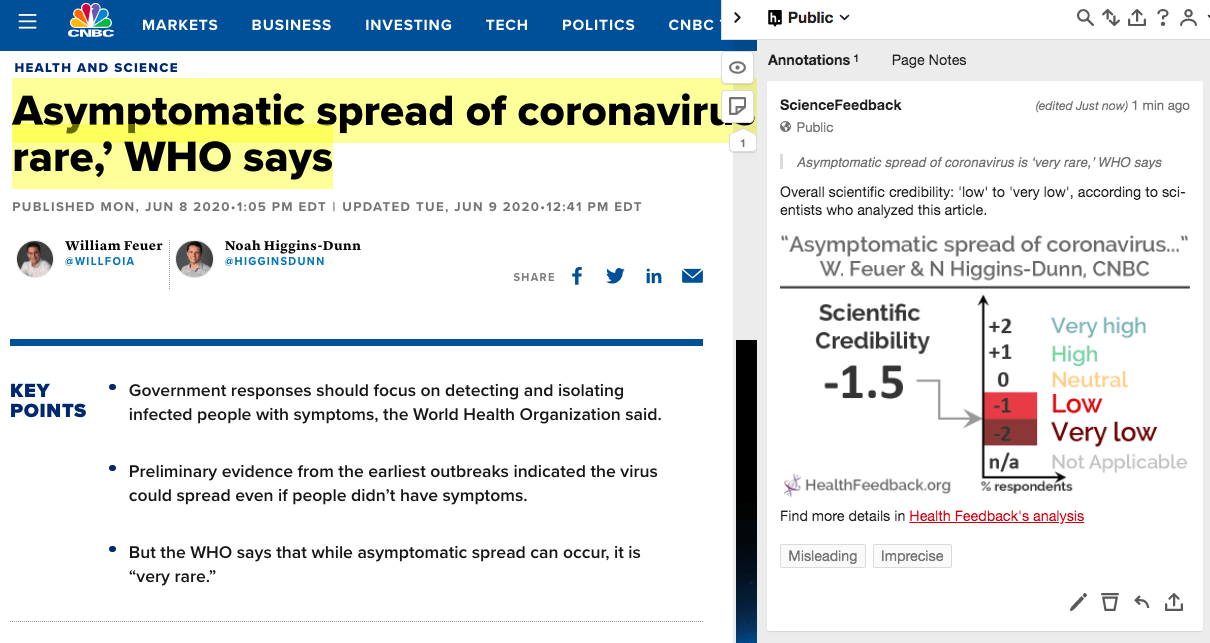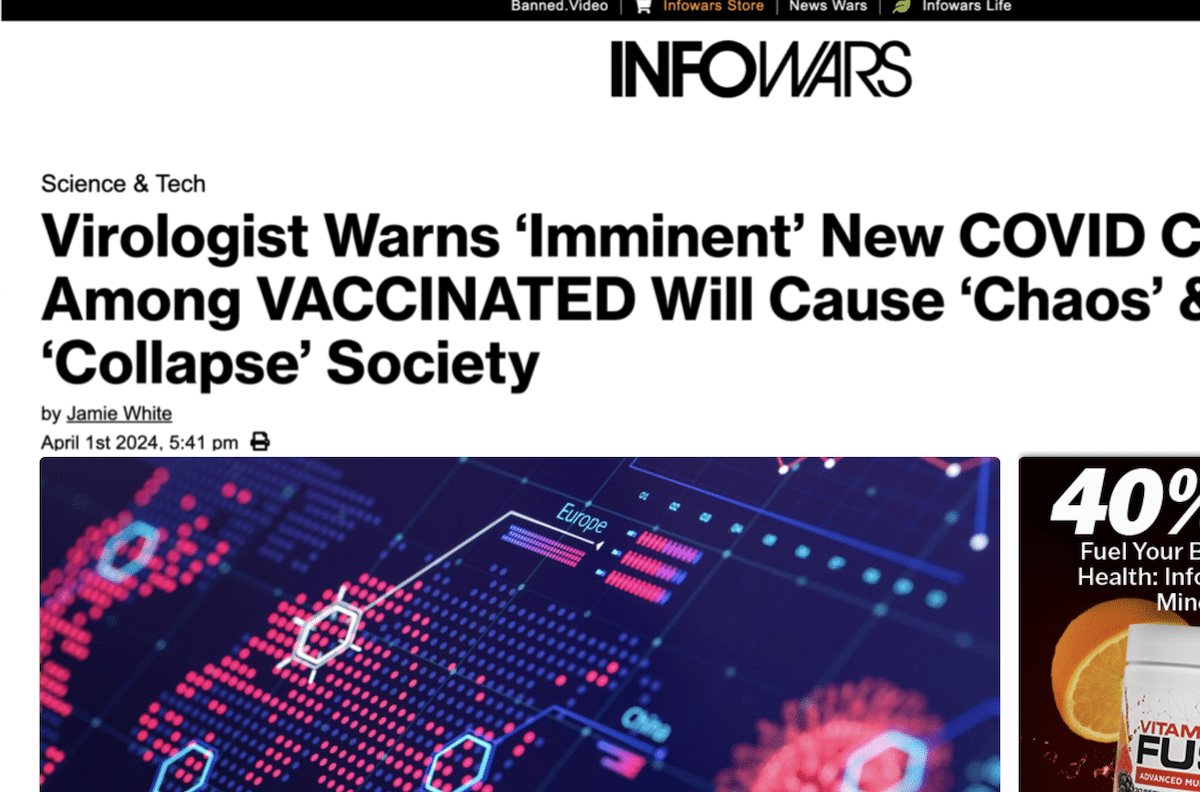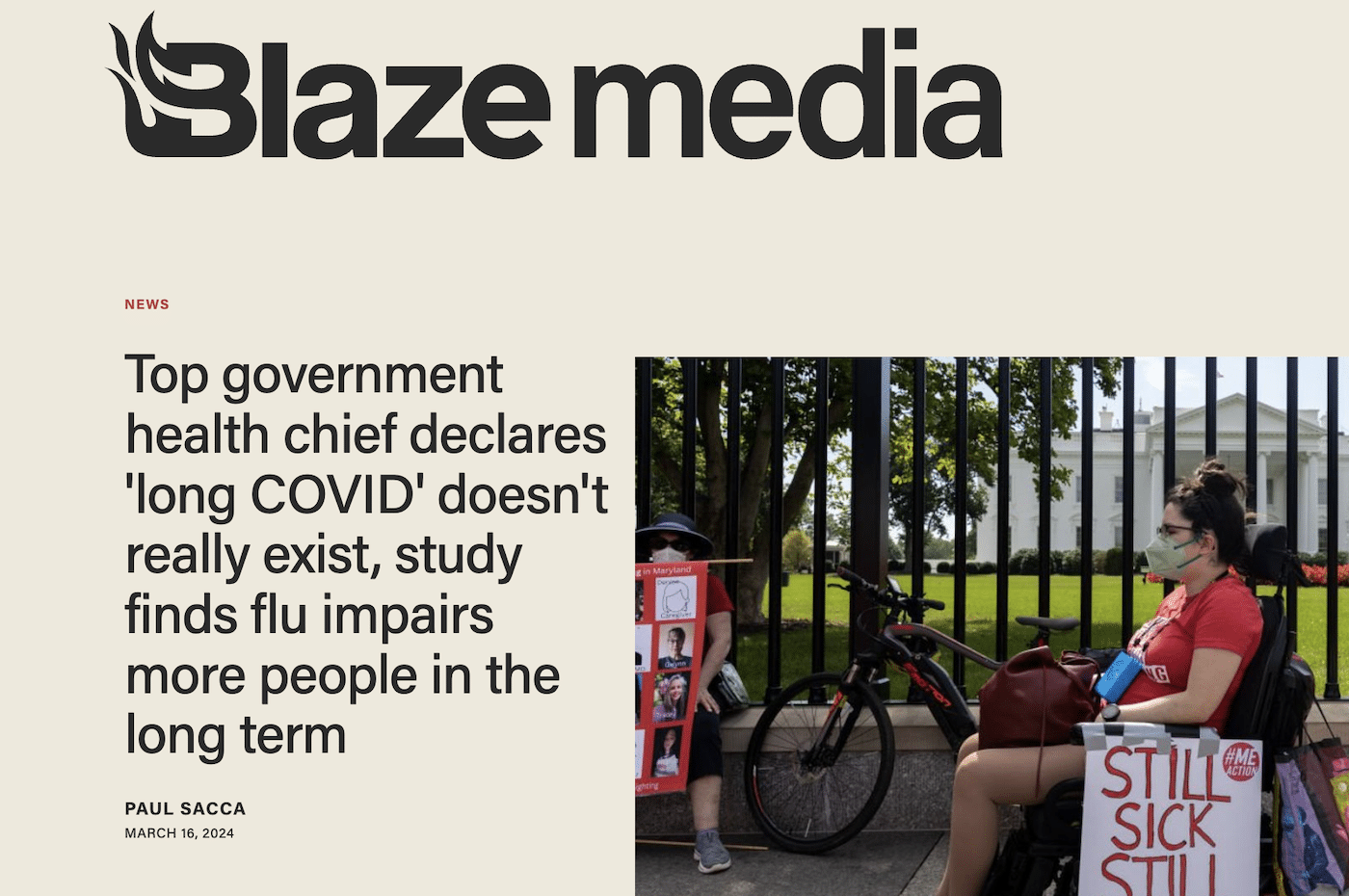- Health
People who do not show symptoms can contribute to significant COVID-19 transmission, contrary to CNBC report
Reviewed content

Headline: "Asymptomatic spread of coronavirus is ‘very rare,’ WHO says"
Published in CNBC, by Noah Higgins-Dunn, William Feuer, on 2020-06-08.

Scientists’ Feedback
SUMMARY
This article by CNBC, published on 8 June 2020, reported comments by the World Health Organization (WHO) regarding the significance of asymptomatic COVID-19 transmission. As of 10 June, it has received more than 230,000 shares on Facebook and more than 1.8 million user interactions on the platform. Its spread has been assisted by many Facebook groups which oppose physical distancing and/or promote health misinformation.
Specifically, the WHO stated that asymptomatic spread is “very rare”, which was then reported by CNBC as “Coronavirus patients without symptoms aren’t driving the spread of the virus.” These statements have been interpreted by some media outlets and the general public to mean that people who are infected but remain healthy are unlikely to spread COVID-19 to others. This has in turn been viewed as an admission that physical distancing and lockdowns are unnecessary, along with the economic and social tolls these measures exacted, since such measures were implemented due to concerns about virus transmission by seemingly healthy people. Other measures, such as the use of face masks and coverings, have similarly been panned for the same reason.
Scientists told Health Feedback that the statements by the WHO and the reporting by CNBC were misleading and imprecise. Scientifically, the term “asymptomatic” refers to people who never develop any symptoms at all during infection, which is the definition used by the WHO, explained Nina Fefferman, a professor at the University of Tennessee who specializes in epidemiology and evolutionary biology. However, non-scientists generally understand “asymptomatic” to mean people who are not obviously ill with COVID-19 related symptoms.
As such, individuals who do not show symptoms initially (presymptomatic) or who show only a few symptoms (paucisymptomatic) would fall under a layperson’s definition of “asymptomatic”, whereas such cases would not be considered asymptomatic according to the scientific definition which the WHO uses. The mismatched definitions and lack of clarity have resulted in miscommunication.
Indeed, Marm Kilpatrick, an assistant professor at the University of California Santa Cruz who studies disease ecology, underscored the fact that there is already “abundant data” showing that people who are not showing symptoms—which could include asymptomatic, presymptomatic, and paucisymptomatic individuals—comprise about 40 to 50% of COVID-19 cases detected through testing, as a review by Oran and Topol shows[1]. The U.S. Centers for Disease Control and Prevention has also estimated that about 40% of COVID-19 transmission occurs before onset of symptoms. In short, people who do not show symptoms can be a significant source of transmission.
Therefore, physical distancing measures and use of face masks remain a scientifically justified means of reducing the spread of the disease. “It is entirely wrong to interpret the WHO announcement as a criticism of efforts to limit spread from seemingly healthy people who may transmit the virus to others,” Fefferman said.
There are still many unanswered questions about COVID-19 transmission, and one of the key challenges for scientists is distinguishing between transmission by asymptomatic individuals and transmission by presymptomatic and paucisymptomatic groups, Kilpatrick said. It is also not clear whether asymptomatic individuals are as infectious as those who are only mildly ill; one study indicates that asymptomatic individuals carry the same viral load as symptomatic people[3], while another showed a lower viral load in asymptomatic people instead[4].
Since there is still uncertainty over the infectivity of asymptomatic people and bias in the methodology of studies using contact tracing, there is insufficient evidence for the WHO to make this claim regarding asymptomatic transmission. “Given the confusion between the definitions of pre-symptomatic and truly asymptomatic, it’s a misleading PR disaster,” Kilpatrick said.
Although the WHO quickly issued a clarification a day after the CNBC article was published, the miscommunication has already spawned numerous viral articles and posts on social media, which erroneously claim that the WHO’s earlier statements prove that physical distancing and face masks are unjustified.
In her clarification, WHO official Dr. Maria Van Kerkhove said:
“What I was referring to yesterday in the press conference were a very few studies, some two or three studies, that have been published that actually try to follow asymptomatic cases, so people who are infected over time, and then look at all of their contacts and see how many additional people were infected. And that’s a very small subset of studies. I was responding to a question at the press conference, I wasn’t stating a policy of WHO or anything like that. I was just trying to articulate what we know. I used the phrase ‘very rare,’ and I think that that’s misunderstanding to state that asymptomatic transmission globally is very rare. What I was referring to was a subset of studies.”
You can read the original CNBC article here.
After our evaluation was published, CNBC updated its article to include a more complete explanation that distinguishes asymptomatic transmission from pre-symptomatic transmission, and provided additional information regarding the importance of social distancing and use of face masks/coverings. The updated article can be found here.
SCIENTISTS’ OVERALL FEEDBACK

Professor, Department of Mathematics, University of Tennessee, Knoxville
This is more the fault of the WHO than the reporting, but the reporting about the WHO conclusion misinterprets the WHO findings. The WHO narrowly defines “asymptomatic” to mean “never develops any symptoms at all, during the entire course of being infected”. This is not how the public (or the press) interpret “asymptomatic” – instead, the more common interpretation is about whether or not people who are not obviously ill with COVID-19 related symptoms can spread the infection. The WHO data says they CAN, but calls these people “presymptomatic” or else “paucisymptomatic”, meaning presenting few or unusual symptoms. This has VERY different epidemiological importance and it is entirely wrong to interpret the WHO announcement as a criticism of efforts to limit spread from seemingly healthy people who may transmit the virus to others. Those efforts are important and the WHO announcement does not address them directly.
[The following comment was transcribed from Dr. Kilpatrick’s Twitter thread; it has been lightly edited for clarity.]
Early in the epidemic, there were questions about whether people without symptoms could spread the disease. This is critically important and fundamentally determines whether quarantining based on symptoms will be effective. See a fantastic paper on this by Fraser et al[2].
Abundant data now shows that transmission from people without symptoms makes up a huge fraction (~40-50%) of transmission[1,3,4,5]. But a key question has been whether transmission is from pre-symptomatic people who develop symptoms later or truly asymptomatic people who never do.
This question is not answered and some studies have shown evidence in support of asymptomatic cases being equally infectious as symptomatic ones, whereas others show milder cases to be less infectious. Here’s a study supporting each case[6,7].
The bigger problem is that contact tracing studies are flawed due to the delays between the time of infection and testing. When a person is tested, they usually have had at least mild symptoms for several days and were infected ~5.5 days before that[8].
As a result, the person that infected them was infectious 8 – 11 days ago. If that person was asymptomatic, there’s a moderate chance they would test negative when traced; unfortunately we don’t know the exact probability of that, as discussed in the thread below:
Protestors&others: A negative test for COVID-19 does NOT RULE OUT INFECTION if you don't have symptoms (& it's not 100% accurate even if you do). Let me explain 1 of the giant unknowns for testing for COVID-19/SARS-COV-2 that impacts so many things. Discussed w/ @CT_Bergstrom
— A Marm Kilpatrick (@DiseaseEcology) June 8, 2020
Data from symptomatic people by Borremans et al. suggest that this probability could be high; ten days after symptom onset, 30% of infected people test negative by swab[9].
It could be higher for asymptomatic people, and even if this is not the case, one could mis-attribute transmission due to delay. For symptomatic people you’d attribute them to be an infector based on the date of onset of symptoms (all studies I know of use an earlier onset date to identify infector vs. infectee).
Given the uncertainty in infectiousness and bias in contact tracing methodology, there is insufficient evidence for the World Health Organization to make this claim for asymptomatic transmission and given the confusion between the definitions of “pre-symptomatic” and truly “asymptomatic”, it’s a misleading PR disaster.
READ MORE
Respectful Insolence published an article refuting the CNBC report.
These articles by Forbes and NPR discussed the challenges of tackling silent COVID-19 transmission, both of which are careful to define and explain differences between asymptomatic and pre-symptomatic individuals.
REFERENCES
- 1 – Oran and Topol. (2020) Prevalence of Asymptomatic SARS-CoV-2 Infection: A Narrative Review. Annals of Internal Medicine.
- 2 – Fraser et al. (2020) Factors that make an infectious disease outbreak controllable. PNAS.
- 3 – He et al. (2020) Temporal dynamics in viral shedding and transmissibility of COVID-19. Nature Medicine.
- 4 – Ganyani et al. (2020) Estimating the generation interval for coronavirus disease (COVID-19) based on symptom onset data, March 2020. Eurosurveillance.
- 5 – Casey et al. (2020) Estimating pre-symptomatic transmission of COVID-19: a secondary analysis using published data. medRxiv. [Note: This is a pre-print that has not yet been peer reviewed or been published in a journal at the time of this review’s publication.]
- 6 – Lavezzo et al. (2020) Suppression of COVID-19 outbreak in the municipality of Vo, Italy. medRxiv. [Note: This is a pre-print that has not yet undergone peer review or been published in a journal at the time of this review’s publication.]
- 7 – Zheng et al. (2020) Viral load dynamics and disease severity in patients infected with SARS-CoV-2 in Zhejiang province, China, January-March 2020: retrospective cohort study. British Medical Journal.
- 8 – Lewnard et al. (2020) Incidence, clinical outcomes, and transmission dynamics of hospitalized 2019 coronavirus disease among 9,596,321 individuals residing in California and Washington, United States: a prospective cohort study. medRxiv. [Note: This is a pre-print that has not yet undergone peer review or been published in a journal at the time of this review’s publication.]
- 9 – Borremans et al. (2020) Quantifying antibody kinetics and RNA shedding during early-phase SARS-CoV-2 infection. medRxiv. [Note: This is a pre-print that has not yet undergone peer review or been published in a journal at the time of this review’s publication.]



